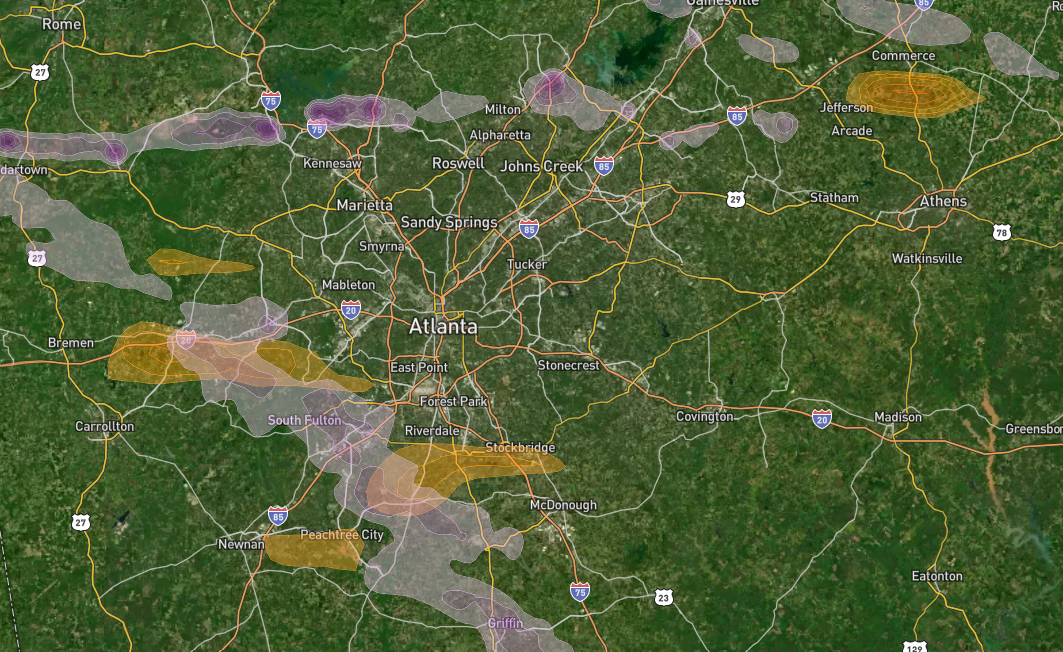One of the hardest restoration projects a homeowner may have to deal with at some point is a flooded basement. Dealing with the aftereffects of a water-damaged basement can be stressful—not only are there many steps involved in the restoration process, but sentimental items may have become damaged as a result. However, knowing the proper steps to take can make this home disaster feel much more manageable.
Top Tier Roofing is a trusted water damage restoration company with 30+ years of combined experience. We've restored basements that have been affected by various types of water damage, from burst pipes to leaky toilets to flooding. Below are the steps any homeowner should take to get their basements back into working order as safely and quickly as possible.
1. Prioritize Safety
Water seeping into your home could cause serious electrical issues, so the first thing you should do is turn off the circuit breakers to the basement. It's also a good idea to contact an electrician or restoration company to help ensure all hazards are removed before entering the basement.
2. Document the Damage
Your insurance provider will likely cover the damage from the flood, so as you move around in your basement throughout the next few steps, make sure to take as many photos as possible to document the damage to help you get the coverage you deserve.
3. Save Important Items
Once it's safe to enter the basement, you'll want to remove all important items first and rehouse them in dry areas. The items you'll want to prioritize will depend on what poses a health risk, what you have stored in your basement, as well as the value each holds, including things like:
- Electronic Items like TVs and Computers
- Upholstered Furniture
- Family Heirlooms and Antiques
- Fine Artwork
- Photo Albums
- Items Stored in Cardboard Boxes
4. Remove Standing Water
Standing water in your basement, is a sign that your sump pump either isn't working correctly or isn't large enough to handle the amount of water. The best way to remove excess water is to contact your municipal's fire department or a restoration company, as they may need to rip out carpeting and remove drywall. These parts of your basement could absorb the water and create an excellent breeding grounds for mold and mildew.
5. Dry Out the Area
After all the excess water has been successfully removed, there will still be moisture lingering behind in your basement. Your basement won't be able to dry itself out without help, so we suggest doing things like:
- Open All Windows
- Run a Dehumidifier
- Use Fans to Circulate Air
- Utilize a Dry Mop
- Spray Area with Anti-Mildew Cleaning Solution
Once everything is dry, it's important to thoroughly clean and sanitize the area using soap and warm water. Keep an eye out for any mold growth in the days that follow!
6. Call Insurance
Once your basement is safe and secure, it's time to turn in your documentation to your insurance provider. Most homeowner policies cover flooding, but this may be an add-on service for some. If you worked with a restoration company throughout the flood remediation process, they will likely to be able to offer insight into filing an insurance claim.
Top Tier Roofing is a licensed and insured company that can handle every aspect of your flood restoration, from an initial assessment to water mitigation to effectively drying everything out. We work quickly without cutting corners, ensuring our customers get their homes back into working order as fast as possible. Call us today to receive a free estimate on our water damage restoration services!
Subscribe to Top Tier Roofing & Restoration's Blog





Comments